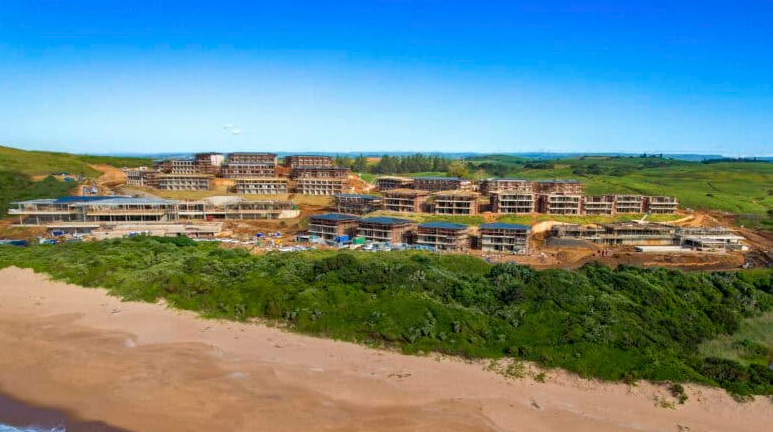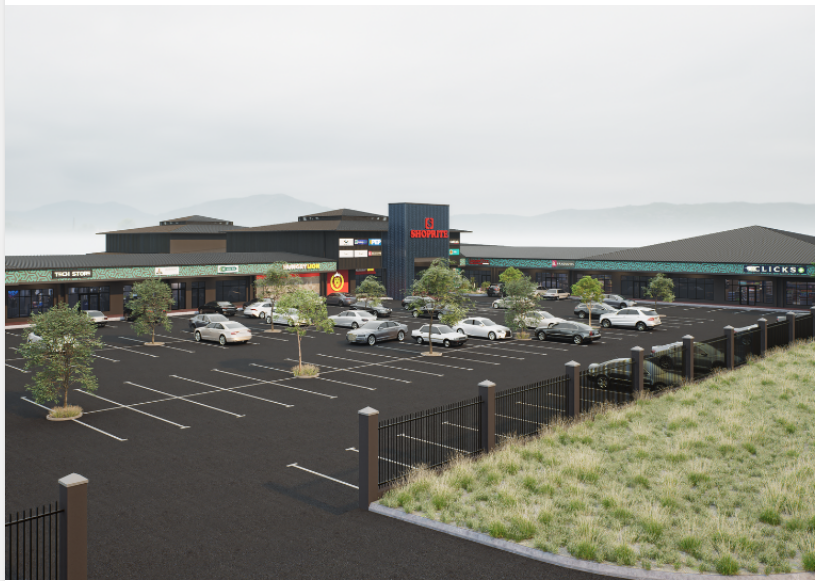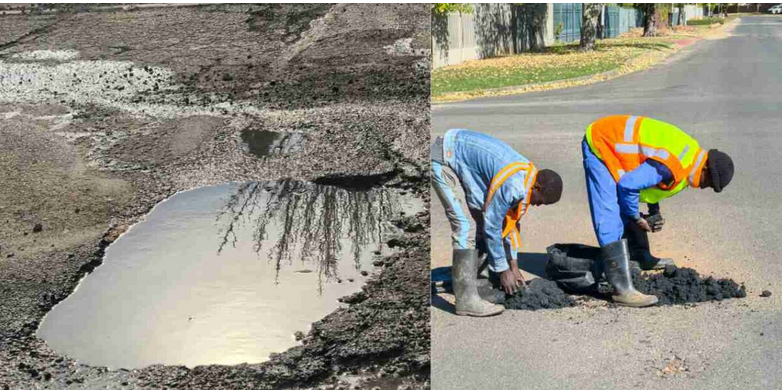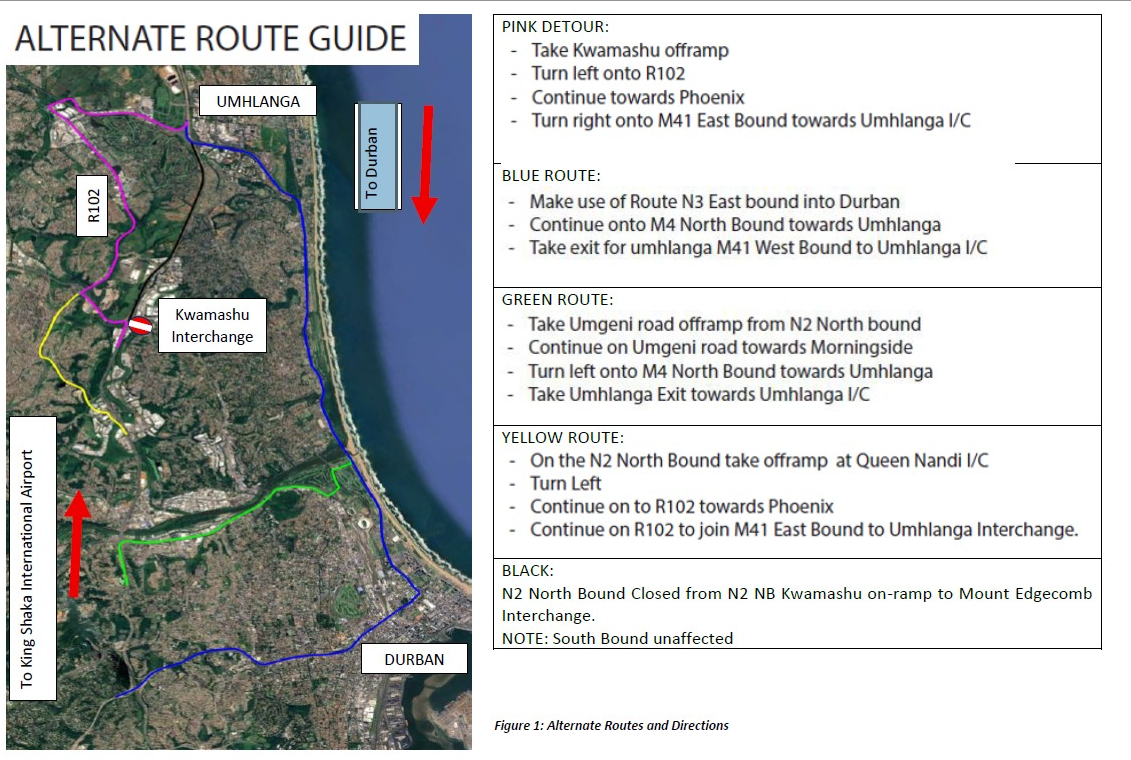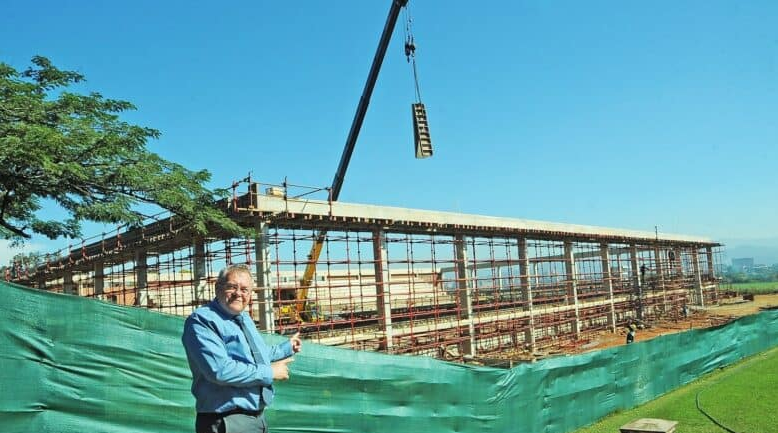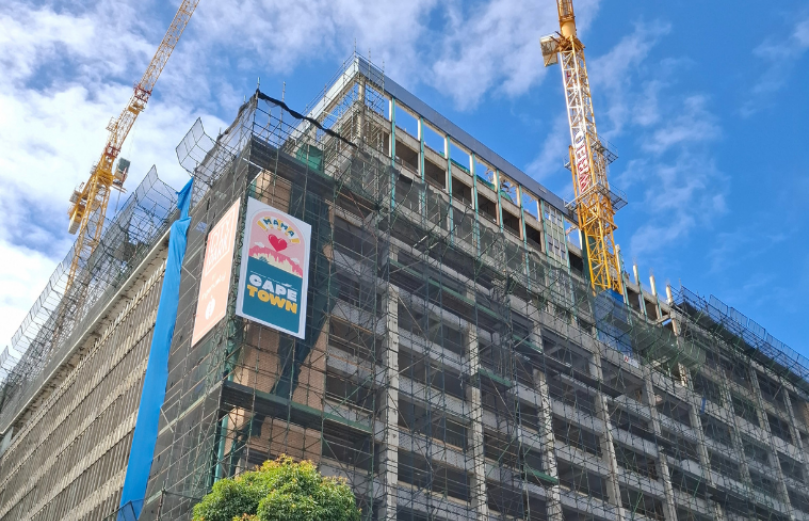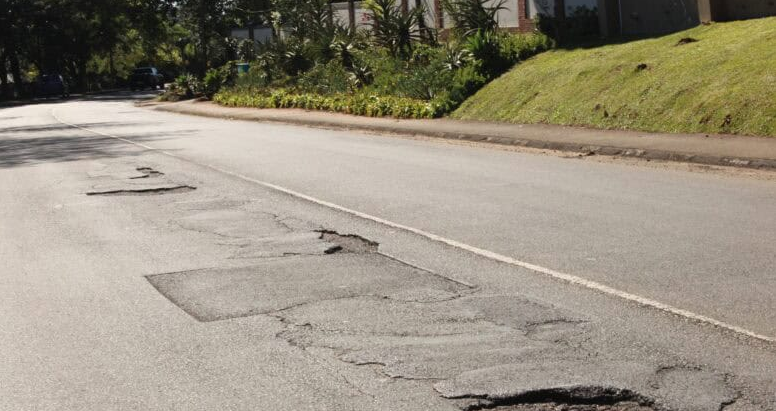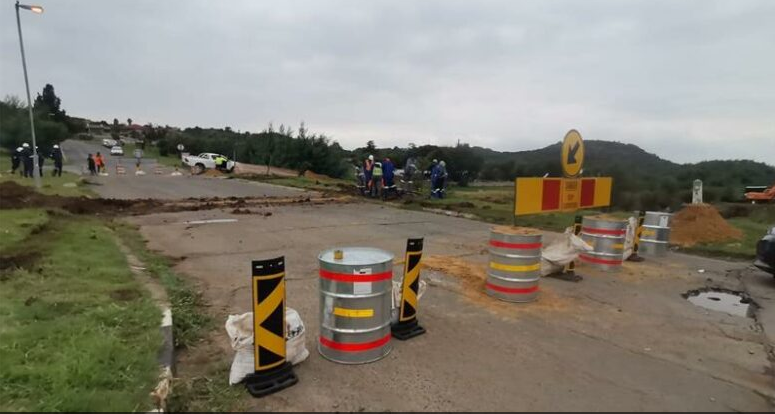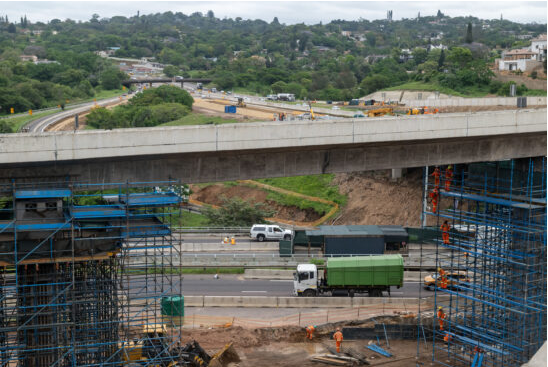The government project that went from R18.8 million to R44 million and sits idle
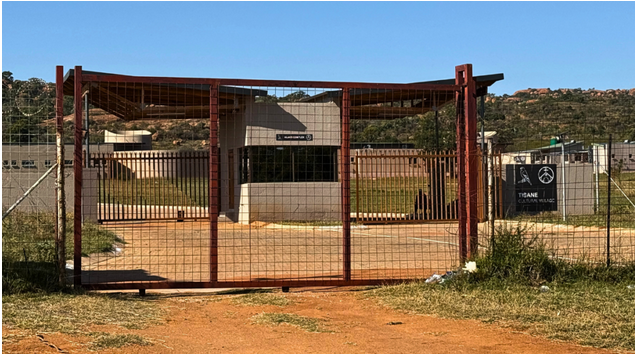
23-05-2025
Read : 4 times
Business Tech
Source
Thirteen years and R44 million later, the Tisane Cultural Village in Limpopo sits mostly idle: locked, quiet, and empty.
Perched on the edge of Jane Furse, the Tisane Cultural Village was envisioned as a flagship rural tourism project.
It was promoted as a catalyst for economic upliftment, heritage preservation, and community pride.
With its stunning mountain backdrop, rich BaPedi cultural legacy, and proximity to historic landmarks, the project promised to become a cornerstone of regional tourism.
More than a decade after it broke ground, its potential still lingers but remains unrealised.
When BusinessTech visited the site on a weekday, the gates were shut. No visitors. No events. “We only open for bookings,” the lone guard on duty said.
Some residents, lawmakers, and insiders have expressed frustration, recounting a story of missed deadlines, escalating costs, and eroding public trust.
Tisane is a scenic village in the Makhuduthamaga Local Municipality (MLM), situated along the R579 road.
MLM covers approximately 2,097 km², contains nearly 200 settlements, and is home to around 340,000 people.
The broader area around Tisane holds significant untapped potential for tourism-led economic growth.
It is dotted with caves that lead to the historic Matjeding Fortress, once a refuge during periods of internal conflict and the Boer Wars.
Nearby, the Hlako Tisane Heritage Site offers a deep connection to the cultural legacy of the BaPedi people.
Visitors can explore ancient rock art and hidden caves that tell the rich, yet often overlooked, history of the region.
However, the area remains predominantly rural and faces persistent challenges: a weak local economy, service delivery backlogs, scattered settlements, and high poverty levels.
Delays and Overruns
In 2009, GaTisane resident Dinyalo Elias Mampane proposed the development of the Tisane Cultural Village to the then Department of Environmental Affairs and Tourism.
Nestled at the foot of Hlako Mountain, the project was envisioned as a vibrant hub for events, celebrations, and recreational activities, promoting local culture, preserving heritage, and supporting sustainable community-based tourism.
The Ga-Tisane community, through a tribal resolution, granted the Tisane cultural village trust permission for 17.5 hectares of land to construct the project.
The project aligned with the Department of Tourism’s (DoT) broader strategy to boost economic upliftment through rural tourism and infrastructure investment. It was said that DoT projects like these normally take three years to complete.
Construction began in 2012, with an initial budget of R18.8 million to develop a cultural village, conference centre, swimming pool, accommodation, braai facilities, landscaping, internal roads, and fencing.
Baitsenape Investments CC was appointed as the initial implementing agent. The company has been appointed in numerous government tenders, from the Rustenburg Local Municipality to Sanral.
According to their website, they have extensive experience in municipal infrastructure development such as construction of roads, storm water, sports facilities and sewage systems.
However, by 2013, work abruptly halted at just 55% completion. The Department cited financial difficulties, with R17.4 million already being spent.
In 2016, the Department brought in the Government Technical Advisory Centre (GTAC), an entity of the National Treasury, to assess stalled projects and the feasibility of moving forward.
In a 2018 parliamentary briefing, GTAC identified the village’s potential and recommended resuming construction at a recommended estimated additional cost of R17.9 million, bringing the total construction cost to a revised R35.3 million.
It also called for improved project management, fiscal discipline, and stronger collaboration.
Before construction kicked off again, the Auditor-General of South Africa (AGSA) flagged the project, identifying at least R6.39 million in fruitless and wasteful expenditure; more than a third of the reported spending at that time.
The findings cited poor quality of work, payments for incomplete work, inadequate scoping and sourcing, unapproved scope changes, and unreliable progress reports.
DBSA gets involved
After some pressure, in 2020, the Department appointed the Development Bank of Southern Africa (DBSA) as the implementing agent for tourism infrastructure projects.
Among the 29 community-based tourism projects DBSA was tasked with delivering, 10 in Limpopo, the Tisane Cultural Village was one of them.
Construction finally resumed in January 2023 after a decade-long hiatus, employing around 100 local residents.
According to Departmental spokesperson Tasneem Carrim, the project budget was set at R27.46 million, just under R10 million over GTAC’s recommendation.
This differs from the DoT’s 2025/26 Annual Performance Plan (APP), which estimates the total cost at R33.77 million.
However, DBSA encountered several challenges, including scope changes, rain-related delays, contractor-related issues such as delayed payments to local workers and SMMEs, and delays from Eskom in connecting power.
In September 2024, the project was completed at an expenditure of R26.68 million – 49% over the GTAC assessment.
Again, this differs from the 2025/26 APP, which said that R26.92 million had been spent.
Regardless, this excludes the R17.3 million already spent before the DBSA became the implementing agent. This brought the total infrastructure spend to at least R43.98 million; 134% above the original R18.8 million budget.
Mampane said that this “financial boost has enabled the development of key facilities including a main hall, kitchen, dining hall, ten chalets, and an administration block, all designed to enhance visitor and customer experience and support community engagement.”
Operations handed over and question marks
Like many rural projects, the land is held by a community trust rather than the state.
However, a lack of operational funding has stalled the site’s full launch, raising concerns about its impact and value for money.
During a recent visit, BusinessTech reporters were turned away at a locked gate. Trust chairperson Mampane explained the site only opens for large bookings “due to a lack of start-up capital.”
“It holds considerable promise as a cultural tourism destination,” he said, “but faces critical challenges.”
The trust is seeking R12 million from the National Lottery or the Tourism Department to fund operations.
Mampane said the project highlighted serious issues with managing expectations, accountability, and quality control.
Delays, poor oversight, and substandard construction eroded local trust, while some workers waited up to six months for payment.
“A lack of consistent mentoring and management support has contributed to operational challenges, particularly during the transition from construction to full operational status,” he said.
Mampane believes community involvement in certifying contractor payments could have improved both accountability and workmanship.
He said project progress reports should be publicly available to promote transparency and strengthen democracy, suggesting they be published in newspapers or other accessible platforms.
Mampane emphasised that future projects must prioritise stakeholder engagement, clear accountability, and better quality control to succeed, and expressed great optimism at the future of the Tisane project and its impact on the community.
Member of Parliament (MP) from the Democratic Alliance (DA) and party tourism spokesperson, Haseena Ismail, said there is “a well-documented pattern of delays and incompletion in infrastructure projects within DoT.”
“These are projects that have repeatedly received budget allocations yet remain unfinished, with ballooning costs and diminishing returns,” describing them as “widespread and indicative of a deeper governance crisis.”
She cited financial losses beyond budget overruns, missed economic opportunities, eroded trust, and credibility damage.
Ismail blamed the DoT for what she described as poor planning, weak oversight, and lack of accountability, noting a disconnect between leadership and ground-level implementation.
She also criticised the Department’s what she says is a failure to act on Auditor-General findings.
“We have consistently called for investigations by the Special Investigating Unit (SIU), tabled parliamentary questions, and pushed for transparency in procurement records,” she said, also urging lifestyle audits in the DoT and tighter tender oversight.
Recently, Minister Patricia de Lille said that employees who were directly involved in the management of numerous projects, including Tisane, were charged with gross financial misconduct and gross negligence.
However, Ismail said that the prolonged disciplinary processes “seem more focused on deflecting blame than achieving genuine accountability.”
“Often… staff are scapegoated while those in senior positions escape scrutiny,” she added.
Department response
Carrim told BusinessTech that the Department takes allegations of corruption, project delays, and other concerns seriously, and is actively working to address them.
“The Department of Tourism has governance structures in place to monitor the planning and implementation progress of the projects,” she said.
“Detailed planning, guided by built environment norms and standards, supported by specialist studies where required, will inform the implementation of any future infrastructure projects.”
Carrim stressed that the successful completion and operation of tourism facilities like Tisane will help increase communities’ ownership and involvement in the tourism sector, assisting with job creation and economic growth.
Recent News
Here are recent news articles from the Building and Construction Industry.
Have you signed up for your free copy yet?

